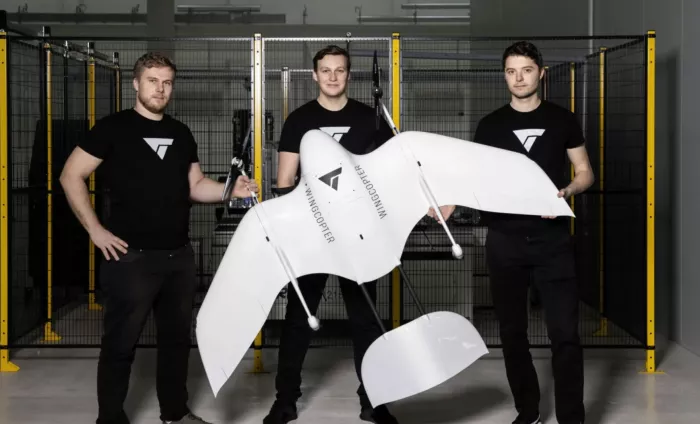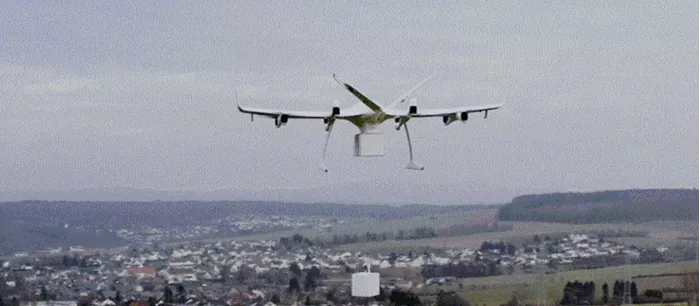Wingcopter this week announced a partnership with Continental dragons to build a large-scale delivery network across 49 countries in sub Saharan Africa The deal sets a lofty goal of deploying 12000 wingcopters and 198 UAV Systems over the next five years.

For some companies, including Amazon, drone delivery is largely an unsuccessful project. Although other companies, such as alphabet's wing, have achieved some success in a limited market, there are still many problems in efficiency, congestion and regulation. We have long suggested that this technology may make more sense in remote areas, where traditional infrastructure problems pose real obstacles to delivery.
Various regions in Africa are certainly meaningful for such promotion. UAVs are likely to provide faster and important resources, including vaccines, drugs, laboratory samples and other key medical supplies. The company has worked with hospitals in the United States and Malawi and plans to expand to different delivery categories, such as food. With the imminent food crisis triggered by the Ukrainian war on the African continent, we see that UAV delivery network can bring great potential and strong social impact to the people of all countries in sub Saharan Africa by sending food to the places where it is most needed.

In remote areas with weak infrastructure and those additionally affected by drought and other plagues, wingcopter's delivery UAV will build an air bridge to provide food from the air through winches and deliver it accurately to where it is needed. Wingcopter was founded in 2017 by PL ü mmer, Jonathan hesselbarth and Ansgar kadura, who were then a trio of college students. At the beginning of last year, the previously self funded company announced a round of financing of $22 million, led by Silicon Valley venture capital firm Xplorer capital.
The company's main product is the wingcopter 198, a large fixed wing UAV that can carry a 13 pound payload 68 miles away. The system can drop three separate packages, making it possible to deliver multiple packages in one flight. These drones are remotely controlled by pilots who can monitor and fly up to 10 systems at the same time. Emissions are another big selling point here. Electric systems are more efficient than traditional ground transportation.